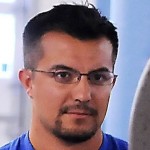
By Carl Valle
Current Challenges of Professional Sport
About a month ago, I was able to sit down with David Tenney at Au Bon Pain at Boston Logan Airport the day after the BSMPG Directors Meeting. For those that don’t know who David Tenney is, he is one of the most famous performance directors in sports here in the US, and is currently with the Seattle Sounders. Major League Soccer is growing in popularity, and that growth is helping the development of soccer players at youth levels. I didn’t have time to go to the Boston Sports Medicine and Performance Group Conference this year as I was very busy, but did have time to have dinner with some of the speakers Friday night. Dave Tenney has an excellent insight into what is going on at the team level and I reached out to check into the current status of training. It was a great hour of discussion and it was great to hear what the Seattle Sounders are doing, as they are one of the best organizations in professional sports now. Being skeptical, I asked some pressing questions and got some honest answers that were very practical and realistic. It was a good exchange because we come from totally different backgrounds and perspectives. Instead of doing a simple question-and-answer interview, I wanted to distill and get the most important talking points shared, in a way, that is meaningful. Here are the five points that I think matter most with not only World Class soccer but also elite sport.
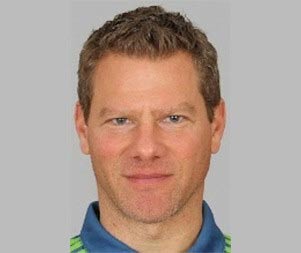
David Tenney, Performance Director, Seattle Sounders
Dave Tenney — Carl, thanks for the opportunity. I appreciate the time taken, as well as your efforts with this critical piece on where the theoretical and practical may meet.
Profiling Athletes – Team Sport Considerations
The irony of team sports using ways to identify unique characteristics is a bit of a paradox, given most of the time the athletes are practicing and competing together. Practices are a little more homogenous, save for positional demand factors that are obvious and participation because of injuries. Since the days for training and competition are relatively static, one has to be biologically flexible or adaptable to handle the preparation for competition. The only variables that are modifiable in team sports are strength training and side work, such as non-specific conditioning or non-skilled conditioning. Practice tempo is slightly modifiable with minutes, density, and absolute intensity. Hi-Low training is a favorite topic, but how is low intensity work done? I can’t imagine the transfer or timing of 75% speed passes from Tom Brady when he is rehearsing routes or doing plays in the NHL. Tightening up the playing field with small-sided games is an option; we see half-court practices with the NBA because their competition schedule is so exhaustive. So, teams are usually reduced to individualizing weight training and recovery methods, and one has to question how much impact that creates.
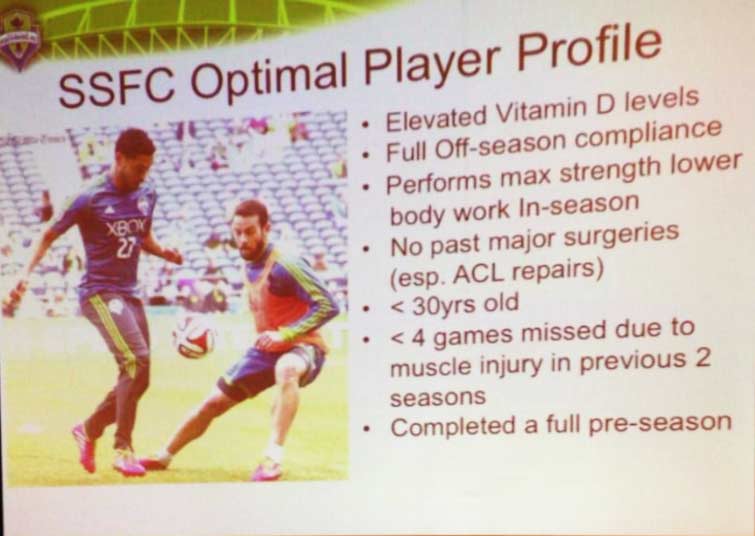
Figure 1: At the Seattle Sounders Sports Science Weekend David Tenney listed indicators of risk and anti fragile qualities seen in his slide above.
Multiple profiling techniques exist, and these are genetic testing, fiber typing, velocity testing, and blood analysis. I didn’t have time to go over all of the methods with David Tenney, but he did talk about using a 30m sprint, and his interest to add more granularity with fiber distribution and blood testing. What I liked about the 30m sprint test is that it uses the peak velocity to calibrate high intensity measurements. Most soccer athletes can only hit 98% of their speed at 30m so extending out to 40m to get true top speed poses a risk to the return ratio because running at a high speed may cause hamstring or adductor pulls. I like going out to 40m with soccer players as the very nature of doing so conditions the posterior chain, and you can use the 10m fly as a way to get true top speed. It also allows to record a video of the running mechanics for evaluation of risk since that is the time most athletes are exposed. If I were in a team setting, I would most likely use 30m, as job security trumps marginal gains with marginal values.
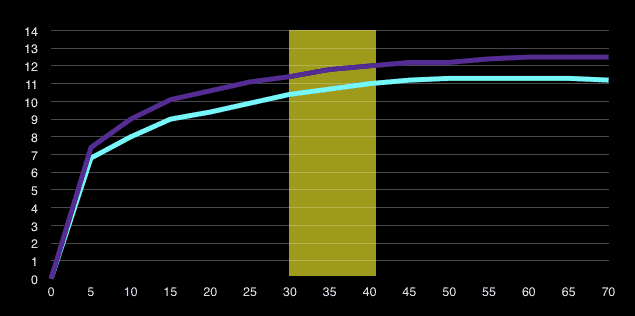
Figure 2: Usain Bolt and elite sprinters can accelerate to 60m, but the changes from 40m on are so small; they are not useful to measure and are exhausting. Football players do not accelerate for as long and hit a lower maximal speed than sprinting, but profiling maximal speed and acceleration is essential in determining whether the training is working and player tracking has contextual understanding.
In the future, I think teams will start doing jump testing and extensive blood profiling to see how some athletes are designed. Jump testing with light loads a near maximal effort becomes jump training with power management, meaning one is not just getting data; they are trying to increase performance. David Tenney does have Optojump, but the team is not testing during the competitive season, likely because of training and game stress.
Dave Tenney — Correct Carl, I think that OptoJump has some fantastic potential. Their “Drift Protocol” (single leg jump comparison) gives us some good insight into the interaction of single leg stability and power. Large asymmetries seem to be fairly predictive for injury. That being said, in a 10-month season, in our sport, in-season testing is a very hard sell. At least getting maximal efforts from our older athletes is…
Combining non-invasive fiber testing with blood tests is another body hack that is growing in popularity, since sex hormone-binding globulin (SHBG) and testosterone profiling create some rather revealing findings of an athlete. I am very fascinated with some of the modified free androgen indices by InsideTracker Pro and its investigations with tensiomyography a few years ago. Having all three metrics allows for applied algorithms to really help coaches see how athletes handle training loads, and I expect this to grow in the next three years with progressive coaches.
How all of this works in one harmonious program is going to need good data warehousing and very unique intervention strategies. I believe practices are going to be done in three phases, involving everyone training together for 80% of the time and the last 20% to be split into individualized situations like non-skilled conditioning. What this will do is customize loads and protect the faster fiber athletes, while allowing those with better work capacities to continue to train. It seems from the Catapult interview that David is applying some linear sprints to create an optimized simulation of the game to create “antifragile hamstrings.” Apparently, specific GPS distributions create risk patterns to specific muscle groups, and this prevention style monitoring is going to grow in team sports.
Dave Tenney — Most of the necessity of this 20% of individualized non-specific conditioning comes for two reasons – (1) the continued reliance on SSG’s means that often times certain positions will not hit very high velocities over an entire week of training, and (2) coaches, I find, prefer certain types of training which will overload some positions, and under load others.
Increasing Durability
Durable athletes are born and made, meaning some athletes are genetically designed better than others, but like training, most can improve their “rating.” I didn’t see anything earth shattering about improving one’s durability since all of the factors that David Tenney shared seemed straightforward. I think the question one has to ask is how are willing athletes with complex injury histories able to break into this “antifragile status” when their circumstances are likely to create a vicious circle of injury to deconditioning pattern? So digging deeper or drilling down into the medical data, this is where I think Dave Tenney is going to find himself in a hot mess with algorithm development. It was very interesting to hear how David Tenney is seeing first ray restriction in the first metatarsal joint of the foot over the course of the season. My question is why? I have my suspicions as I see some athlete data showing a similar trend, but some are doing the opposite. The testing protocol, frequency, and context someone used when evaluating the joint system is essential since hypomobility has a lot of interpretation issues. I would be interested to see how the Sounders intervene in this pattern of restriction. Are they going to add more manual therapy or change something else? Very complicated indeed, and it will be interesting to see what teams do in the future.
Dave Tenney — Beyond us using or continuing to evolve any “predictive algorithms” for injury risk, we are also looking to create profiles in athletes for our management to better judge durability as we consider player acquisitions or contract extensions. With our travel demands, typical training loads, and high volumes of play on artificial surfaces, we can probably only afford a certain number of “high-risk” athletes in a squad yearly.
I think Dave Tenney appreciates gait analysis now more than ever since many complex injuries can’t be figured out using simple solutions. The fact that Dr. Andy Franklyn-Miller was brought to the Seattle Sounders Sport Science conference was a telltale sign of how player tracking is moving from dots on a screen to more joints and limbs in 3-D space. It can be summarized to say that player load with player tracking is volume and distribution of speed, and player kinetics and kinematics is mechanical load. With athletes getting hurt with physiological monitoring and heavy competition schedules, risk bands (zones of probability) are getting narrower, and deeper analysis is growing. Teams are looking at motion capture, pressure mapping, surface EMG, and even physiological monitoring by doing things simultaneously to get even more accurate and early warnings for possible injury.
Plyometrics and smarter weight training using the right eccentric options are part of increasing durability and performance, but those prescriptions are very individualized, and many team environments have a hard time applying specific training programs when one is trying to manage groups. David Tenney showed some very nice videos and shared his use of trap bar deadlifts in a recent podcast, but I didn’t have time to ask about elastic power and eccentric strength metrics.
Recovery and Monitoring
Dave Tenney has a reputation as an early adopter in monitoring athletes and has used the Omegawave system for years with great compliance. From a logistical standpoint, if HRV monitoring is not done, I don’t see how they could see the travel fatigue on their players. Mobile platforms and the use of better sensors are making HRV more available. The question I have is about central fatigue—that, in my opinion, requires more than partial EEG readings. Regardless, David Tenney experimented with sleep monitoring before Fatigue Science, and was trying out Zeo a few years ago. My thoughts are that sleep monitoring to the actual sleep stage is underrated, and teams need to link testosterone to sleep quality and duration for players to get compliance. During the BSMPG, some attendees went to the Landon Evans and Gil Blander breakout session, which discussed sleep’s very real effects on total testosterone; I believe that metabolism is also linked. With all of Dave Tenney’s data warehoused properly, I am sure he will see some data correlating with both physiological fatigue and sleep, but the needed variable will again come back to player profiling, intervention hacks, and compliance tricks.
Dave Tenney — You are entirely correct about our ability to warehouse data properly allowing us to pull out some important conclusions down the road with historical data. Now that we have four years’ worth of OmegaWave data on some guys, we have a real good sense over the course of the week where guys are relative to their past responses.
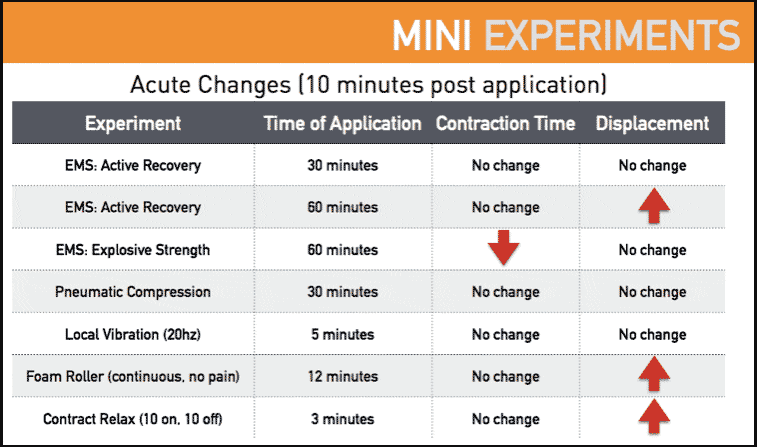
Figure 3: Landon Evans and his work with TMG is a perfect example of innovation by using technology to create Regeneration Hierarchies with athletes. I have seen similar results but other variables such as immune, hormonal, autonomic, and other muscle characteristics are factors that coaches need to collaborate with sports medicine to create effective rankings.
Muscle diagnostics is only being done effectively with the University of Iowa at the team level. What I find interesting is that nobody is leveraging the Mi Sensor from Compex to run a parallel evaluation of individual muscles. Since tensiomyography is a TENS unit with a tensiometer, the Compex Mi Sensor is an accelerometer and an EMS unit with specific current protocols. Anyone with low-level hardware hacking abilities can export the accelerometer data and create a similar scoring system to the line plots that TMG uses. For the price of one TMG unit, the entire soccer team can outfit its entire roster with Compex EMS units for both monitoring and intervention. Currently, one consultant has a custom app that allows athletes to assess and manage neuromuscular tone, something different than the Myoton Device, which can drill down to viscoelastic properties and actual stiffness. Tensiomyography, like sleep actigraphy, is a feature, and I would not invest in it unless the staff ratio and budget are appropriate. Jose Fernandez advocated for a myoAnalytics ecosystem expansion with testers and analysts, but most put their budget into player tracking and physiological monitoring. Therapists can monitor specific muscle groups and get detailed characteristics with Myoton’s soft tissue assessment device. One has to ask why teams don’t just monitor the at-risk areas directly instead of other more indirect physiological and player tracking options.
Aquatic or poor workouts came up very briefly in our discussion, and he alluded to some of Darren Burgess’s ideas of easy movement patterns in the pool, and this is where I think is the greatest influence one can have with accelerating recovery without attenuating adaptations by modalities. Many teams employ recovery techniques, and I find them to be bogus or backfiring. I still think cryotherapy has an influence in severe situations that involve either an injury or a depressive mood state, but easy exercise trumps passive hype. My current pet peeve with modality options are the brief “blood flow” sessions of 20 minutes, expecting athletes to repair like Wolverine from the X-Men. The Marc Pro (H-Wave) uses low frequency stimulation that evoke very little blood flow. Chronic use will convert Type II fiber to slower MHC I. Also, the lymphatic flow rate is a ridiculously small percentage of a 40-minute pool session. Superficial muscles are faster fiber types, so EMS for recovery and angiogenesis is very limited and could cause interference.
I didn’t have enough time to break down the microcycle set-up of the Seattle Sounders, but this is, perhaps, the most important discussion point. Setting up the competition week for both tactical/technical areas and physical conditioning needs is a little trial and error, but some sports science and training principles can give us a better guide to planning.
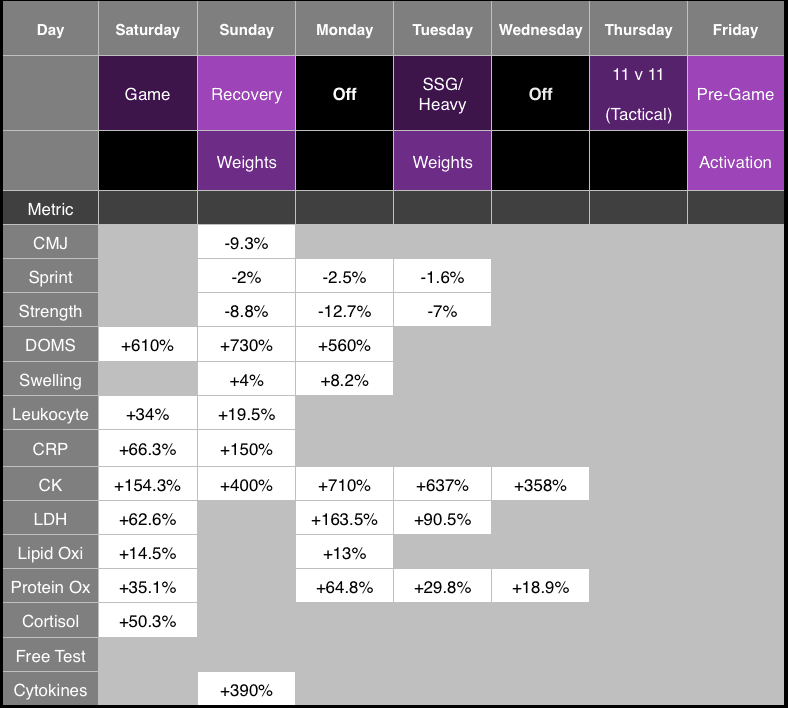
Figure 4: Seattle’s weekly template involves recovery, competition, practice, and strength training. Added to the template is the Ispirlidis 2008 study metrics of acute and daily response to a football game.
A few comments on the weekly set-up, specifically on the use of complete days off and loading the weights.
From what we know, strength training does not involve power management as monitoring, besides reps and weights, is being done. I like the aggressive day off on Wednesday as it looks like passive recovery is used pedagogically, but the use of lifting on Sunday with recovery is intriguing. Some coaches swear by this set-up, but some sport scientists think that weight training after delays recovery. Monday is off completely, so perhaps the use of weights is justified. One can argue that this program is a Hi-Low hybrid, with Monday and Wednesday being the low days (nothing) and the heavy days being the game and Tuesday, with some strain on Thursday.
Track and field and the NFL/MLS employ weekly set-ups and my question about activation or stimulation days is: what are the long-term seasonal goals and the acute responses to such activities? Activation has a very short half-life, and any stimulation training must be strong enough to activate genes, but before a game that could create fatigue.
I don’t have data on HRV, CNS/PNS indices, power output scores, muscle diagnostics, and subjective indicators for this set up, but Aaron Coutts did some valid testing with useful parameters in his presentation three years ago, which can be found here. At the end of the day, the question is how many of the people who should be are on the field starting, and the outcome of their performance. Healthy, fit, fast, and smart are the results on which most performance directors are measured. Dave Tenney must have some data to support his team’s alignment, and each team needs to think about what is best for them and why, rather than copying other teams. On the other hand, when one is doing something differently, the reasoning must be compared and contrasted in some way, even if it’s a theoretical model. The reason I suggested getting Inigo Mujika to speak at BSMPG was his expertise on detraining and tapering; perhaps some of those factors can be involved with training and periodization.
In February, I saw a template that not only allows for team practice to be demanding, but is also in harmony with performance and medical models, and it was a thing of beauty. A good template meets weekly rhythm needs while allowing for long term advancement. Not falling into the fresh but flat models that rest too much and allow performance adaptations to rot like a dead fish, the utopian model juggles the myriad of factors while allowing everything to funnel toward game day. Hacking recovery without interfering with adaptation can be done only with three modalities and specific sequences, and algorithms are available now for teams willing to invest the money.
Dave Tenney — In our example, our weekly loading is heavily influenced by what our coaching staff prefers to do on different days, not because we think this is the “perfect loading scheme.” Our head coach loves to train still at a fairly hard level on Thursday, so we’ve decided as a staff that giving the team off Wednesday allows us to train heavier (on field and weight room) on Tuesdays and still have enough freshness on Thursday to allow for the decided tactical session desired. As a result, we believe that this Monday/Wednesday off scheme should allow us the freshness to maintain our form over a long season in MLS.
Speed, Power, and Conditioning
With modern sport, it seems that everyone is talking about everything besides training. For years, I have been critical with the lack of weight training in professional soccer. Also, I have been very aggressive in asking how athletes are tested to be doing enough conditioning rather than monitoring for fatigue. Looking for tired athletes doesn’t require much; what sports science needs to do is manage power output, from explosive bursts such as sprints and jump testing to something extensive such as fitness testing. I know semantics will be questioned here, but how are we getting athletes to become more fit and faster? Even if one is just trying to preserve and do a slow rot, my request is comparison to the norm is a mantra of mine.
Eventually, the intervention must be done and training must be performed. I find that Dave Tenney’s role to director allowed for better delivery with a full-time strength coach. It was very nice to see an evolution in strength training by David as many fitness coaches are labeled as guys who are allergic to iron. I don’t care if the dumbbells start out powder blue and move to orange, so long as the needle is moving. With NIRS growing in interest, sEMG being more nimble, I am curious to see how more practices are measured for training effects.
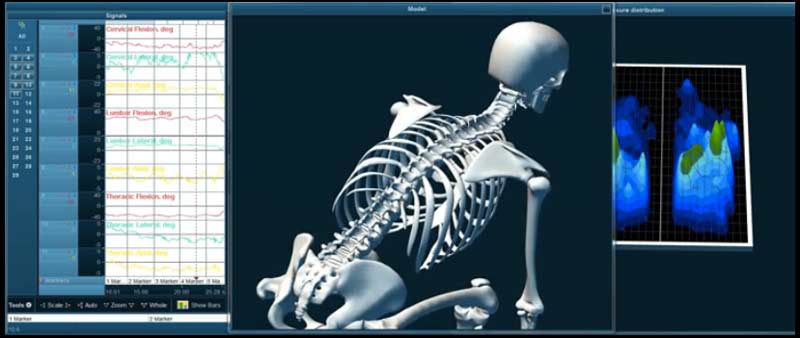
Figure 5: I have adopted Noraxon’s platform as it’s an agnostic solution to integrating all analog data sets into one package. It’s perhaps the best weapon for teams looking to truly get an advantage over the competition. Flexible platforms allow for screening, intervention hierarchies, and prediction models.
I have witnessed preparations for three world cups (two football and one Rugby) and the trend to outsource rehab and training of players to clinics using what I call a “lit” weight room. We are seeing more therapists getting outside the rubber bands and wobble board nonsense and applying aggressive training. Small experiments such as looking at PNS/CNS fatigue, foot mechanics interacting with muscle recruitment, motion capture changes based on training programs, and muscle monitoring with surface EMG are already being done by teams. I am not suggesting that pro sports feel obligated to just add technology; added equipment without people is a bad balance, but the new technologies are more “clinic” friendly.
Integrating Medical and Team Coaching
A simple need to get everyone on the same page is likely why Seattle is thriving, as the head coach understands the fundamental principles of training, not just technical and tactical coaching. One of my close colleagues said in 2003 that when team sport coaches understand periodization and sports medicine to a degree, then they are planning practices instead of having strength coaches try to stay above water, as Dave Tenney calls it. We all hear the stories of the butchering of athletes by coaches who don’t understand the biological principles of stress and recovery. Some coaches like Greg Popovich are ahead of the curve with game and practice distribution, but the question is, Are they maximizing potential? I would argue that a shrewd head coach is a stronger influence than a master performance coach who adjusts chronic overtraining programs.
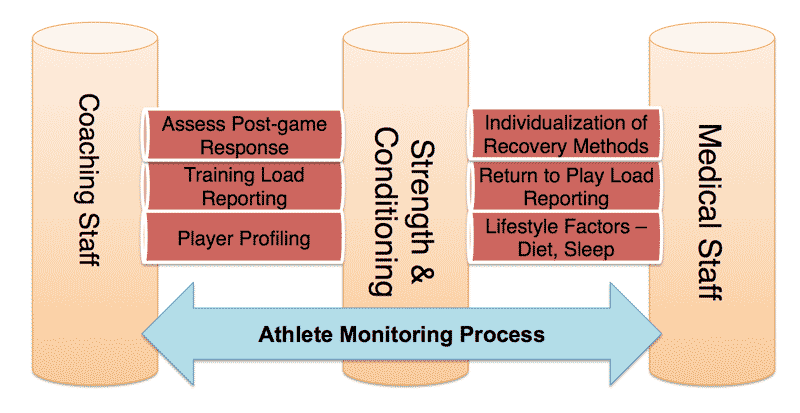
Figure 6: The three silos connected with the appropriate communication methods are medical strength and conditioning, coaching staff and working in unison. How all three silos communicate with management and the athlete is likely unique to each organization.
Obviously, the perspective doesn’t include the management side, which is a grey area in the value of each player in risk tolerance and long-term commitment to health and performance. What we discussed is the challenge of medical data. Currently, one World Cup team uses a technology similar to that of the Google Glass and lapel microphones to get data. Coaching is very hands-on, but sports medicine is even more hands-on since manual therapy and testing are touch-related. How does one use data visualization there?
One of the reasons I love equine sports is that it has the unique involvement of athletes who don’t talk. I have translation software for athlete’s input in video logs, but imagine if athletes never said a thing, not even a nod or grimace? Horses are expressive for skilled handlers, but the technology and creativity of getting medical data cleaned and shared properly are the current needs. Most team coaches want to know when an athlete can play, but the real milestone is what the athlete currently can or should not do.
Another area is athlete education being too much or overload. Athletes are more likely to suffer from overtesting syndrome than overtraining syndrome with all of the data and testing. How many FMS tests can they do before going nuts? How many times do they need to get CNS tested? It’s important to involve the athlete for compliance and education, but that fine line is elusive in sports since teams change so much each year. Athletes likely think so much about injuries, they are afraid and oversensitive to discomfort that might just be training strain or DOMS, rather than a medical problem. David Tenney was really good about explaining the need for athletes to get massages, but not be slaves to therapy to make everything seem perfect. I see way too much prophylactic type work from coaches or therapists before training, making me wonder if the absence of good elegant training design is causing an increase in joint dysfunction and poor tissue recovery. Could poor delivery of information be making athletes spooked to do anything before a tune-up? I will chant Gary Winckler’s quote, “Leave the workout feeling the way you want to start the next one,” to ensure people are not slaves to quick-fixing corrective exercises and small pseudo-therapy routines.
A looming danger is the medically driven performance model that is likely to emerge again in the near future. In the past, the team doctor, usually a surgeon, dictated everything, from rehabilitation to nutrition, and even training. While I like medical involvement, most team doctors are biological carpenters and have very little coaching and rehabilitation knowledge. Some MDs are trying and successfully penetrating teams with various data Trojan horses, or mystical metrics that promise improvements in performance and reductions of injuries. The data Trojan horse is usually a bastardized use of white-label lab equipment, such as force plates or medical devices that claim to screen and drive training prescription. When an expert pushes a training prescription from equipment, it usually means an expensive subscription later. SaaS (Science as a Service) with teams as expertise is hard to scale and is expensive in the short run, but education can disrupt the models that are not delivering the value. Some services are too convenient and functional to create internal solutions, but others are not valuable enough to adopt in the first place. Where the SaaS direction is going I don’t know, but it looks like Seattle invested big in an internal repository and is using a third party vendor to visualize the data. I am going to watch the Sounders eagerly to see the evolution of their algorithms, especially with the rise of inexpensive and open sensors, which are going to disrupt things massively. Big data is a little trendy and much of it is hype, but when done properly, you can start seeing things that can help with the forensic puzzles from the past, challenges of today, and new problems of the future.
David Tenney is a true professional and is open to learning as well as sharing. He has always been very cordial and polite in all of our interactions, and I suggest attending his conference in Seattle and reading or listening to any of his interviews online.
Dave Tenney — Thanks for the discussion, and helping to move the needle regarding this integrated approach to coaching and training in elite sport. This discussion was a great exchange in which we could clearly see where the science and the art of coaching intersects and meets. Look forward to continuing the discussion in the future.
Please share this article so others may benefit.
[mashshare]

